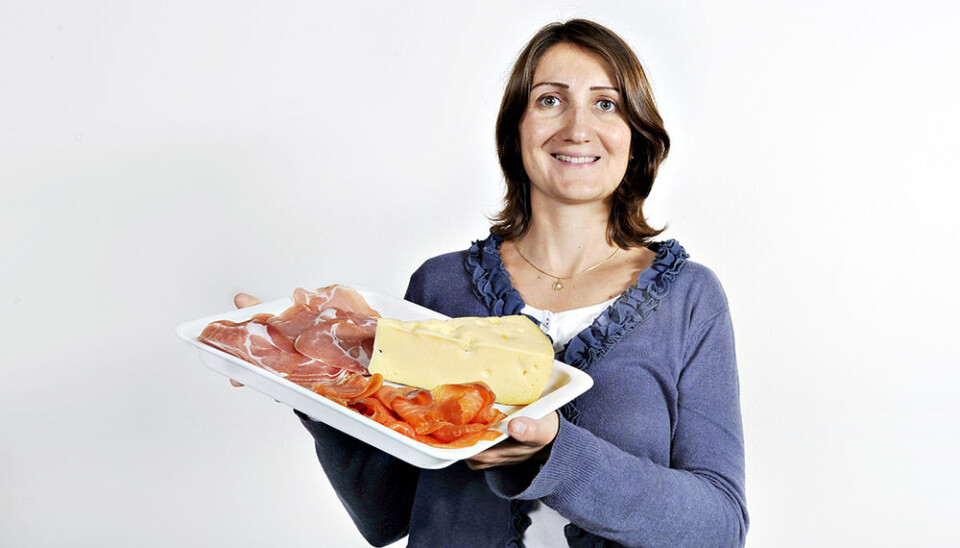This article was produced and financed by Nofima The Norwegian Institute of Food, Fisheries and Aquaculture Research

Careful renewal of traditional food
We want our party food to be as traditional as it gets. For everyday food, we are open to healthier and more convenient options.
Denne artikkelen er over ti år gammel og kan inneholde utdatert informasjon.
Producers of traditional food are meeting strong competition from other food products. There is a need for innovation and renewal. But combining tradition and innovation is not so easy.
Valérie Lengard Almli of the food research institute Nofima has studied consumer acceptance of innovation in traditional food.
Almli investigated attitudes to traditional food in six European countries.
She concludes that consumers throughout Europe have a generally positive image of traditional food, but her message to the producers is that they should differentiate between everyday traditional food and traditional food for special occasions in their marketing, because consumers think very differently in these two cases.
People over 40 eat more traditional food
European consumers perceive traditional food to be good and relatively healthy. They believe it has high quality, but that this food can be time consuming to prepare. Those who eat most traditional food are the middle aged and elderly. They are health and quality conscious. They like cooking and they base their food choices on familiarity.
There are differences in the way different consumer groups relate to innovation in traditional food, but all consumers are more open to innovative traditional food for everyday eating than for special occasions.
However there are some innovations that consumers do appreciate also at special occasions. If they are given the impression that the product is more authentic, more natural or more exclusive, then the product's traditional image can be strengthened. Authentic would be a famous origin, natural can be organix products and exclusive would be exclusive packaging.
Acceptance of different kinds of innovation
In her experiments with consumers, Almli divided innovations into three different groups:
- Product innovations with a health effect (reduced salt, reduced fat, healthier fat and increased omega-3 content)
- Production innovations (new curing process, organic production)
- Marketing innovations (new packaging, new origins)
For everyday eating, consumers want innovations of convenience, such as plastic packaging with a resealing function, and health effect innovations, such as healthier fat, but because innovations like these are perceived as making the products less traditional, they are less popular for special occasions.
Taste, appearance and texture should stay the same
"The ultimate rule for consumer acceptance is that any change to the recognised sensory properties that characterise traditional food should only be made with great care," says Almli.
This is illustrated by consumer tests Almli carried out with smoked salmon.
The consumers had no negative preconceptions about either salt substitutes or salt injection in smoked salmon. But while smoked salmon with salt substitutes tasted the same as the traditional product, the salt-injected fillets suffered changes to appearance, taste and texture. The consumers showed the same acceptance and willingness to pay for smoked salmon with salt substitutes as for the traditional product, but were less willing to accept or pay for the salt-injected product.
"To put it simply, the most acceptable innovations in traditional food are those that give consumers a benefit, but do not destroy the traditional image or the product's characteristic sensory properties," concludes Almli.
































